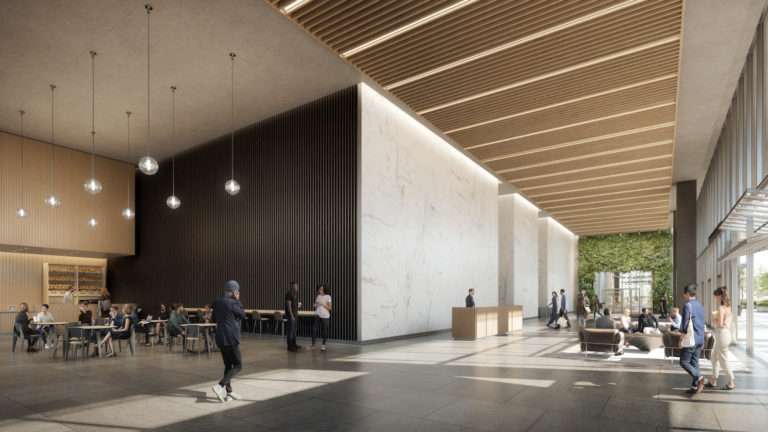Lesson #1:
Always design something by looking at it in its next larger context—a chair in a room, a room in a house, a house in an environment, an environment in a city play. Simply put, this means respecting the context, not designing the page and designing the experience.
Lesson #2:
Two perspectives on architecture – architecture is an exercise, in fact, architecture is an exercise in narrative
Since architecture is one of the oldest fields of design in existence, it is interesting for many architects to see their work presented differently. We hear a lot of conversations around conferences where people talk about the way they see interaction design. For instance, form follows function or function follows emotion. Interactive design is an art, and interaction design is a craft. If even architects still disagree about the way they see their work, we rarely see interactive design reaching a single point of view, perhaps we should stop looking for it.
Lesson #3:
Design something larger than what is required, in the process things that were not expected are always added. We should do this more, I feel many interaction designers are doing their best to keep things out of their design. We should also expect the unexpected.
Lesson #4:
The ground form theory states that the void created by the placement of the forms must be viewed as carefully as the forms themselves. In other words, your mind will always try to perceive a character, either through what is there or what is not.
Lesson #5:
Design starts with a concept. It is present in the DNA of the application. From text to photography to the simplest web form, they are all part of the user experience itself, and the job of the interaction designer is to make it all into one experience. The design process must be in the ‘DNA’ of the entire product.
Lesson #6:
“Our experience in architectural space is strongly influenced by how we access it.” Many interaction designers have developed a comprehensive view of their work, especially in this, it is important to realize that the beginning is important to pave the way.



